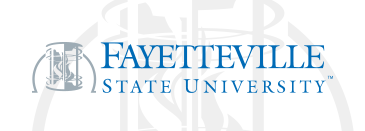Quantitative trait loci for seed isoflavone contents in 'MD96-5722' by 'spencer' recombinant inbred lines of soybean
Abstract
Isoflavones from soybeans [Glycine max (L.) Merr.] have a significant impact on human health to reduce the risk of several major diseases. Breeding soybean for high isoflavone content in the seed is possible through marker-assisted selection (MAS) which can be based on quantitative trait loci (QTL). The objective of this study was to identify QTL controlling isoflavone content in a set of 'MD96-5722' by 'Spencer' recombinant inbred line (RIL) populations of soybean. Wide variations were found for seed concentrations of daidzein, glycitein, genistein, and total isoflavones among the RIL populations. Three QTL were identified on three different linkage groups (LG) represented by three different chromosomes (Chr). One QTL that controlled daidzein content was identified on LG A1 (Chr 5), and two QTL that underlay glycitein content were identified on LG K (Chr 9) and LG B2 (Chr 14). Identified QTL could be functional in developing soybean with preferable isoflavone concentrations in the seeds through MAS. © 2014 American Chemical Society.


